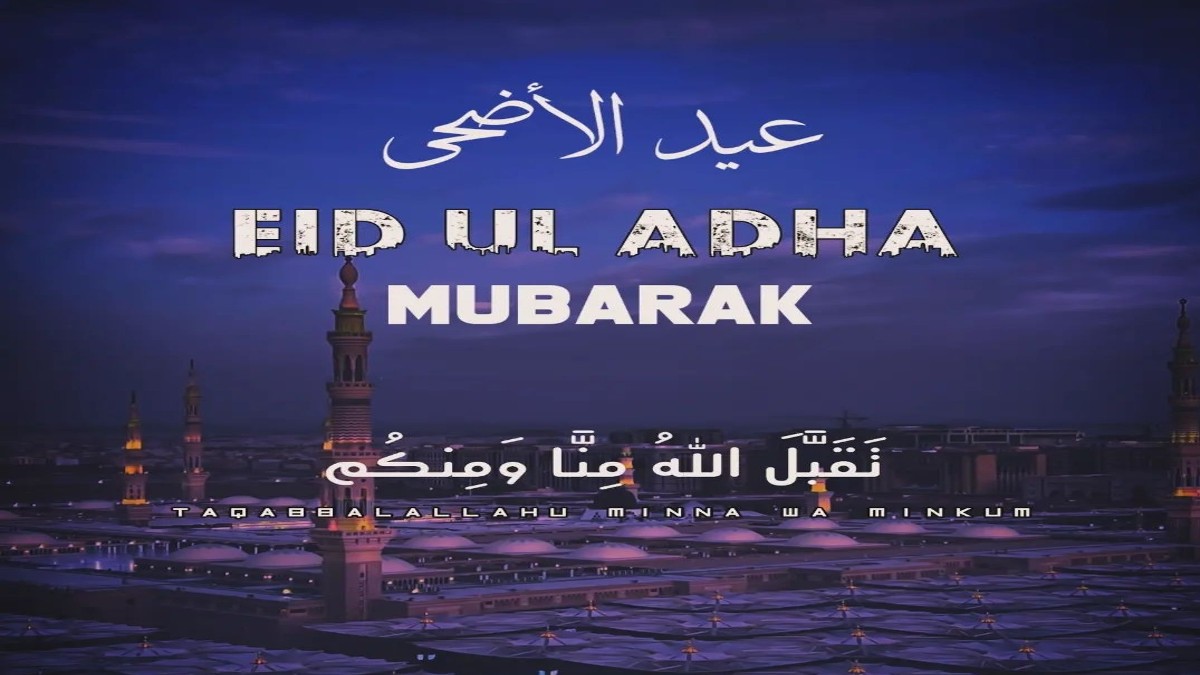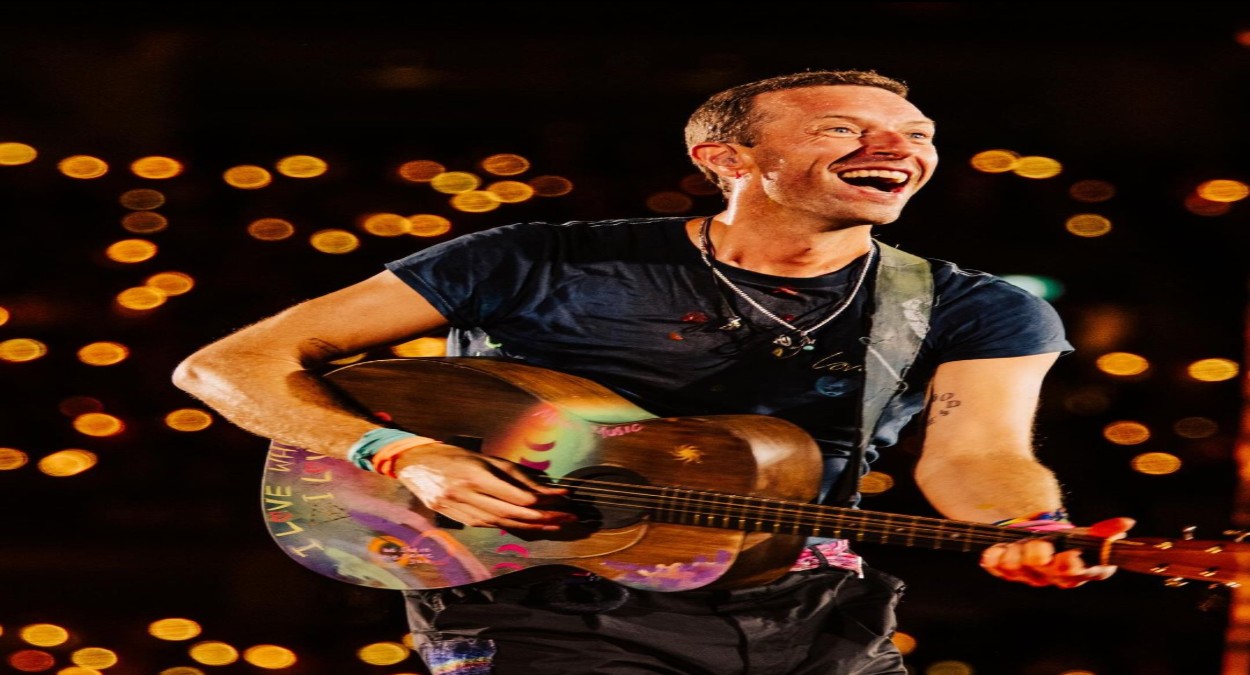
Eid-ul-Adha
Eid-ul-Adha, also known as the “Festival of Sacrifice,” is one of the most significant Islamic holidays, celebrated by millions of Muslims worldwide. The festival commemorates the willingness of Prophet Ibrahim (Abraham) to sacrifice his son, Ismail, in obedience to God’s command. This act of devotion and submission to God is honored with various rituals, community gatherings, and charitable acts.
Historical and Religious Significance
The story of Eid-ul-Adha finds its roots in Islamic tradition, which recounts how Prophet Ibrahim dreamt that God commanded him to sacrifice his beloved son, Ismail. Showing unwavering faith, Ibrahim prepared to carry out the sacrifice. However, at the last moment, God intervened and provided a ram to be sacrificed instead. This event symbolizes ultimate faith and obedience to God.
Eid-ul-Adha is observed during the Islamic lunar month of Dhu al-Hijjah, following the annual Hajj pilgrimage to Mecca, one of the five pillars of Islam. The festival begins on the 10th day of Dhu al-Hijjah and lasts for three days.
Rituals and Traditions
The celebrations of Eid-ul-Adha encompass various religious and cultural practices, including:
- Prayers and Sermons: The day starts with a special prayer, known as Salat al-Eid, performed in congregation. The prayer is often held in large open areas or mosques and is followed by a sermon that emphasizes the importance of sacrifice, charity, and devotion to God.
- Qurbani (Sacrifice): The central ritual of Eid-ul-Adha is the Qurbani, where Muslims who can afford to do so sacrifice an animal, usually a goat, sheep, cow, or camel. The meat from the sacrifice is divided into three parts: one-third is given to the needy, one-third to relatives and friends, and the remaining third is kept for the family.
- Charity and Sharing: Eid-ul-Adha is a time of generosity and helping those in need. Distributing meat to the poor ensures that everyone, regardless of their financial situation, can partake in the festivities. Additionally, Muslims are encouraged to engage in other charitable acts, such as donating money or food to those less fortunate.
- Family and Community Gatherings: The festival is marked by joyous family and community gatherings. People dress in their finest clothes, visit friends and relatives, share meals, and exchange gifts. These social interactions reinforce community bonds and the spirit of togetherness.
- Hajj Pilgrimage: For those performing Hajj, the pilgrimage reaches its climax with the rites of Eid-ul-Adha. Pilgrims participate in a series of rituals including the symbolic stoning of the devil, the sacrifice, and the shaving of the head or cutting of hair. These acts signify purification, renewal of faith, and the completion of one of the most important religious journeys in Islam.
Cultural Variations
While the core religious practices of Eid-ul-Adha remain consistent, cultural variations add unique flavors to the celebrations in different regions:
- South Asia: In countries like Pakistan, India, and Bangladesh, Eid-ul-Adha is marked by vibrant markets selling animals for sacrifice, elaborate family feasts, and traditional sweets.
- Middle East: In Arab countries, the emphasis is on large communal prayers, feasts, and the distribution of meat to the poor. Traditional dishes like Mandi and Kabsa are commonly prepared.
- Africa: In regions such as West Africa, the festival includes traditional drumming, dancing, and the wearing of colorful attire. The communal aspect is particularly strong, with extended families and neighbors coming together to celebrate.
Conclusion
Eid-ul-Adha is a profound manifestation of faith, sacrifice, and community spirit in Islam. It not only honors a pivotal moment in Islamic history but also reinforces the values of charity, compassion, and solidarity.
As Muslims around the world come together to celebrate this sacred festival, they are reminded of the importance of devotion to God and the shared human experience of giving and gratitude.




